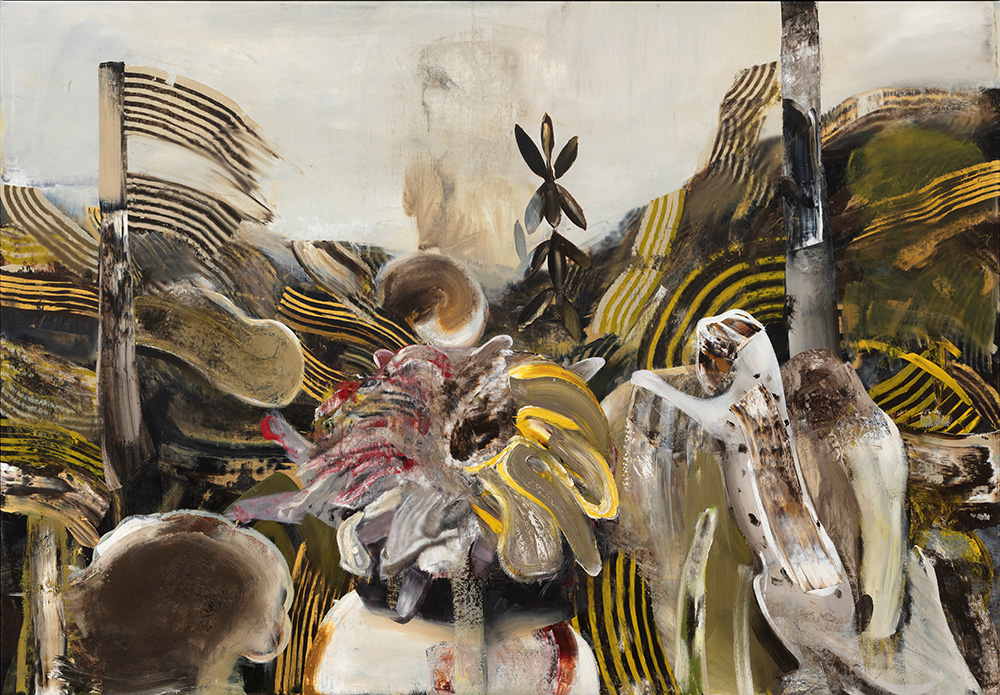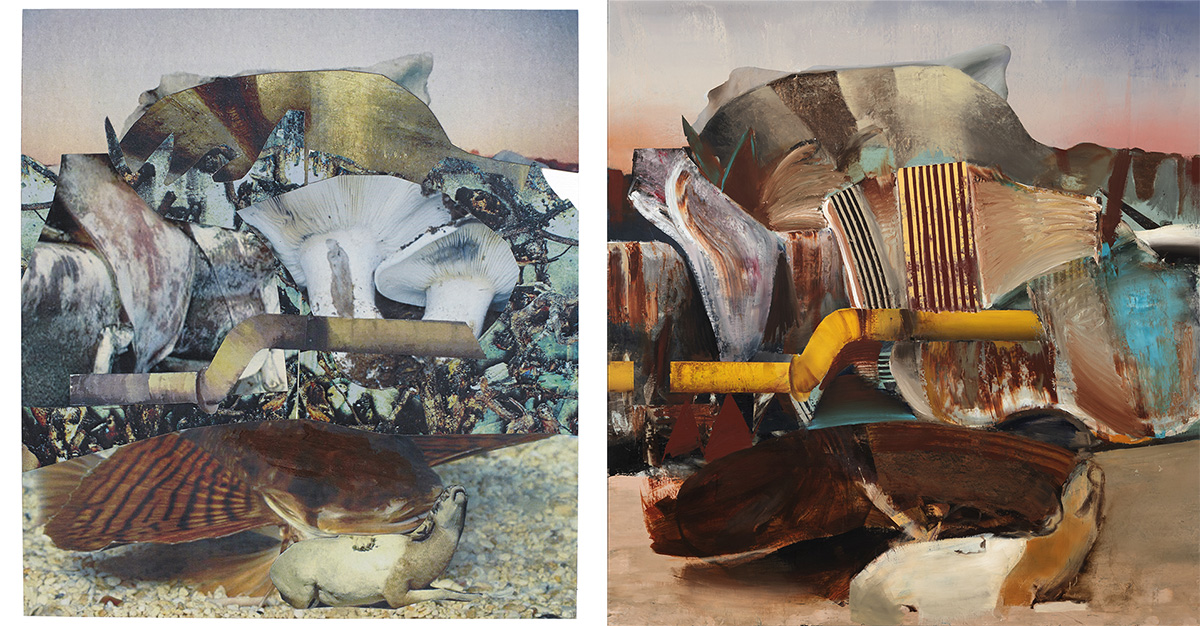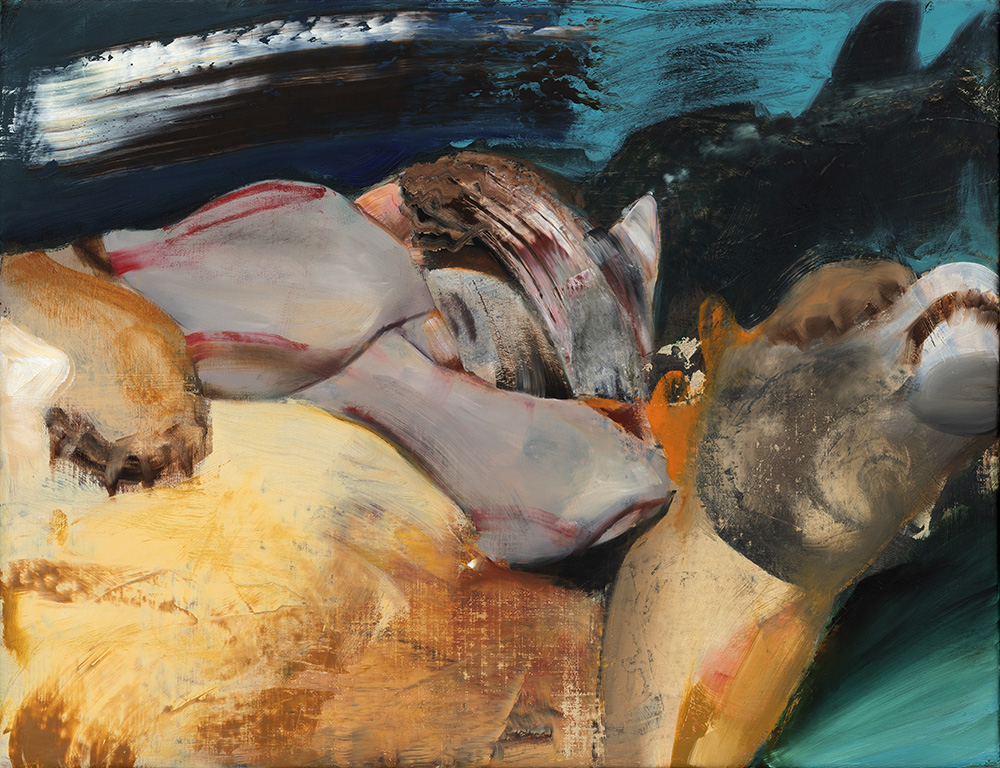ART-PRESENTATION: Adrian Ghenie-Jungles in Paris
 Adrian Ghenie is widely recognized as one of the leading artists of his generation for his oil paintings. Like a master storyteller, he confidently guides us through images both figurative and abstract, in order to allow us to catch a glimpse of his interpretation of history. Ghenie’s grand themes are power and its abuses, as well as forced exile and migration, which he weaves into suggestive imaginaries by borrowing boldly from the history of both art and cinema.
Adrian Ghenie is widely recognized as one of the leading artists of his generation for his oil paintings. Like a master storyteller, he confidently guides us through images both figurative and abstract, in order to allow us to catch a glimpse of his interpretation of history. Ghenie’s grand themes are power and its abuses, as well as forced exile and migration, which he weaves into suggestive imaginaries by borrowing boldly from the history of both art and cinema.
By Dimitris Lempesis
Photo: Galerie Thaddaeus Ropac Archive
The title of Adrian Ghenie’s solo exhibition “Jungles in Paris” has been borrowed from the Henri Rousseau exhibition at Tate Modern (3/11/05-5/2/06). The visual tension created by the juxtaposition of two seemingly disparate environments (the sophisticated urban Paris versus the exotic wild untethered jungle) is the foundation for Ghenie’s new body of work. Sometimes hidden in the landscape or foliage, wild beasts, strange animals and decaying carcasses shape-shift, in and out of focus. It is also the presence of mankind and urbanisation that disrupts the wilderness. A toxic yellow rusting gas pipe, the corrugated iron fence of a favela, plumes of acrid smoke and even the “mushroom cloud” of an atomic bomb create a friction not just conceptually but also in their textural contrast. It is the interface between nature and the toxic footprint of mankind that creates the uneasy tension expressed in Ghenie’s work. The viewer is simultaneously seduced by his painterly technique and luscious use of color and unsettled by the physiological darkness emanating from the pictures. A group of nine related collages on paper is also on view. The technique of collage is crucial to understand Ghenie’s practice. Sourced from the Internet and printed in his studio, images as diverse as animal fur, the scales of a putrefying fish, mushroom gills and the glossy surface of mucus membranes, each chosen for their specific textures, become the building blocks for Ghenie’s compositions. Each painting begins with a collage. Form, composition, texture and tone are rigorously investigated in these small, vivid artworks, which are the starting point for his larger canvases. A group of large-scale grisaille charcoal drawings is shown in the upstairs gallery. While he is an artist known for his painterly technique and his use of colour, with his new series of charcoals he reveals his skills as a draughtsman and introduces a new field for expression. It is the spontaneity of using charcoal on paper that he found liberating as the process of his paintings is highly pre-prepared and controlled.
Info: Galerie Thaddaeus Ropac, 7 rue Debelleyme, Paris, Duration: 28/4-16/6/18, Days & Hours: Tue-Sat 10:00-19:00, https://ropac.net



